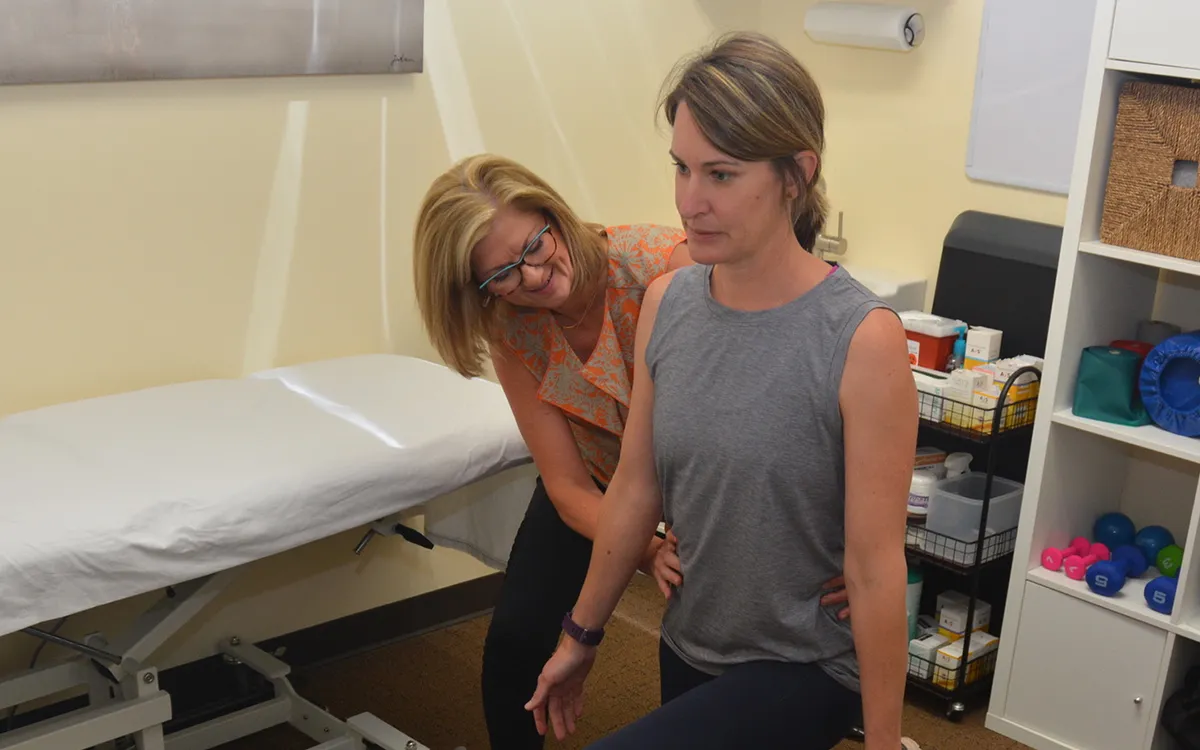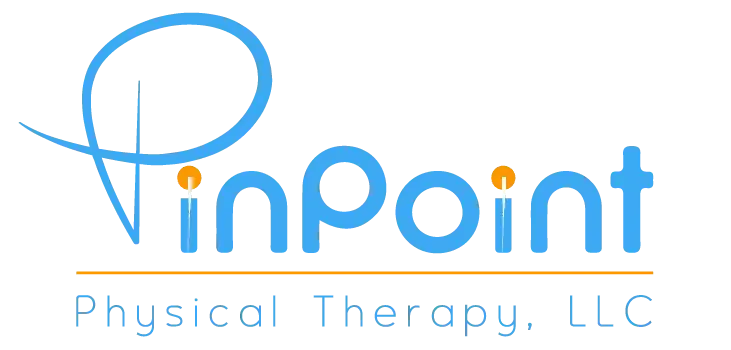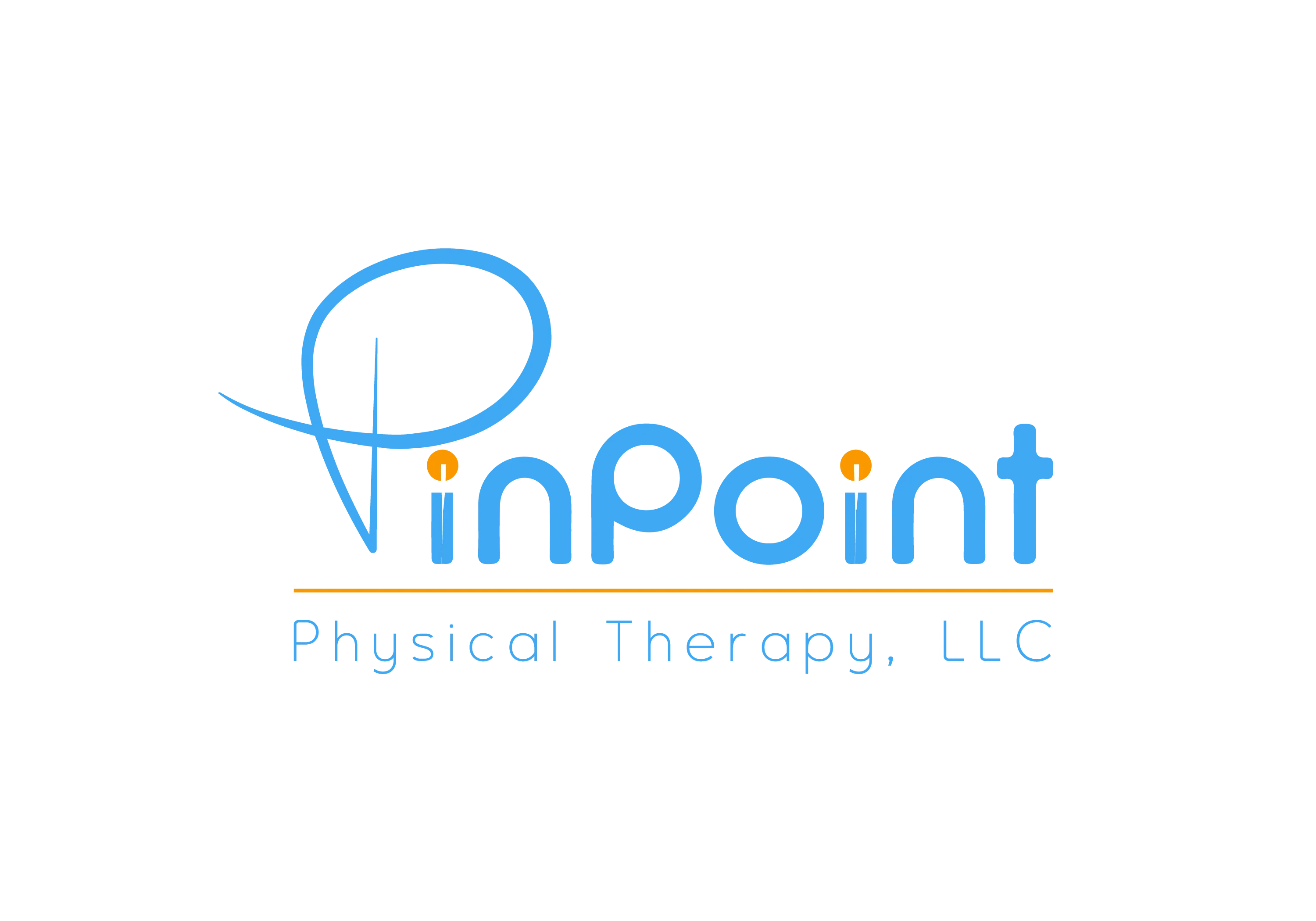Running Postpartum In Charlotte

The body adjusts to the growing baby during pregnancy and this can affect the muscles and posture. The body must not only heal from labor and delivery but also adapt to the fact that it is no longer pregnant. Some muscles can become too long or weak while others may become tight or overworked. Relaxin, a hormone that causes increased laxity in pregnancy and birth, may also be present in the system. Because of the increased demands and forces placed on the body during running, it is important to ensure that your body starts in a stable, balanced state.
How do I start?
Rehabilitation
It is important to address any injuries sustained during labor or delivery. To be able to return to exercise, muscles need to be properly rehabilitated. It is important to remember that trauma from labor and birth is not something to be overlooked. Talk to one of our specialists if you have any questions about rehab. We want to ensure that the abdominal muscles and pelvic floor are functioning correctly before we can return to high-impact exercise.
Increasing Strength
Running requires you to have a good level of control over gravity. Your core, hips, and legs must be strong enough to enable you to run and do specific exercises. Core work can range from simple breathing to more dynamic movements like dynamic planking. Our team of specialists will help you identify any left-to-right muscle imbalances that can help you avoid injury. This is all about feeling stable in your body. In a short time, your body has undergone many changes so before you start running, you need to feel at ease moving through space.
Return to running specifics
Triplanar strength
Running is a predominantly vertical plane activity. This means that you can only run forward. Your body adapts to rotational forces and side-to-side forces when you land and push off. You can make your running more efficient by strengthening the muscles that stabilize you in these two planes. This will also help prevent injuries. Variability is a key component of strength training and this type of training will not only improve your stability after birth but will also help you avoid injury while running.
Speed
Even if you aren’t running fast, running is a fast-moving activity. Your body must adapt to and respond quickly to changing forces. A speed component in strength training is an excellent way for your body to react to faster activity. This is especially helpful for patients who are experiencing incontinence, or the “feeling” that they have to urinate with impact. This is a great place for a start. It is low-impact, but it is also training your body to quickly respond.
Jumping
Running is a sport that involves impact. This can lead to problems. It is possible to increase stability and endurance by training to jump and hooping in concentrated exercise. Jumping in multiple planes of movement is an excellent way to strengthen your hip and ankle stabilizers. Are you experiencing any urgency or urinary problems? Any pelvic pressure? Are you in control? A hint of insecurity or lack of control could indicate that you need to work harder with speed or strength.
Drills
Running is a skill. Running drills can help you develop proper movement patterns and specificity. Drills are a great way to assess your postpartum form. Common changes in the form we see after giving birth include decreased knee drive, poor pelvic drive, and decreased arm swing. Running drills can improve your form so you can run as efficiently as possible. Running drills include high knees, butt kicks, and skipping. These drills can be done in multiple motion planes to ensure that you get all the stability training you need.
Intervals
Now we are running! Intervals are a great way to get back into running (at any stage). Running and walking intervals allow your body to be strong and focused for a short time. Then, you can recover with low impact. The intervals can vary depending on what the previous steps were. They could be either 1:1 (run/walk), or 1:2. Your ability to get out and practice, your feelings, and your goals will determine the progression.
Some things to keep in mind
Running requires a lot of energy. Your recovery and fueling process might be different than pre-pregnancy with the additions of childcare and possible breastfeeding. You may feel different running than you did before. That’s okay! Your body takes time to recover from labor/delivery and pregnancy. Be kind to yourself. It may seem like a lot of work to go back to something that was so easy before, but these steps are the ones that everyone should take to run safely. Not just postpartum. You can make each step your own and spend as much time as you like at each step. How your muscles react to work will depend on how you train pre- and post-pregnancy. Your recovery from labor and delivery is also important. It is important to check in with your body at every stage. You should pay close attention to any symptoms such as pain, aches, or pelvic discomforts. We want to ensure that we get back on the road safely and without injury, if our goal is to run again. Reach out if you have any questions! As you set your goals for the future, we are here to support you.
Start Running Again
Exercising can be so important for a mom’s mental and physical well-being. Moms need to be provided with thoughtful, evidence-based support to ensure their happiness and health throughout the postpartum period. We want to ensure that we get back on the road safely and without injury, if our goal is to run again. Reach out if you have any questions! As you set your goals for the future, we are here to support you.



